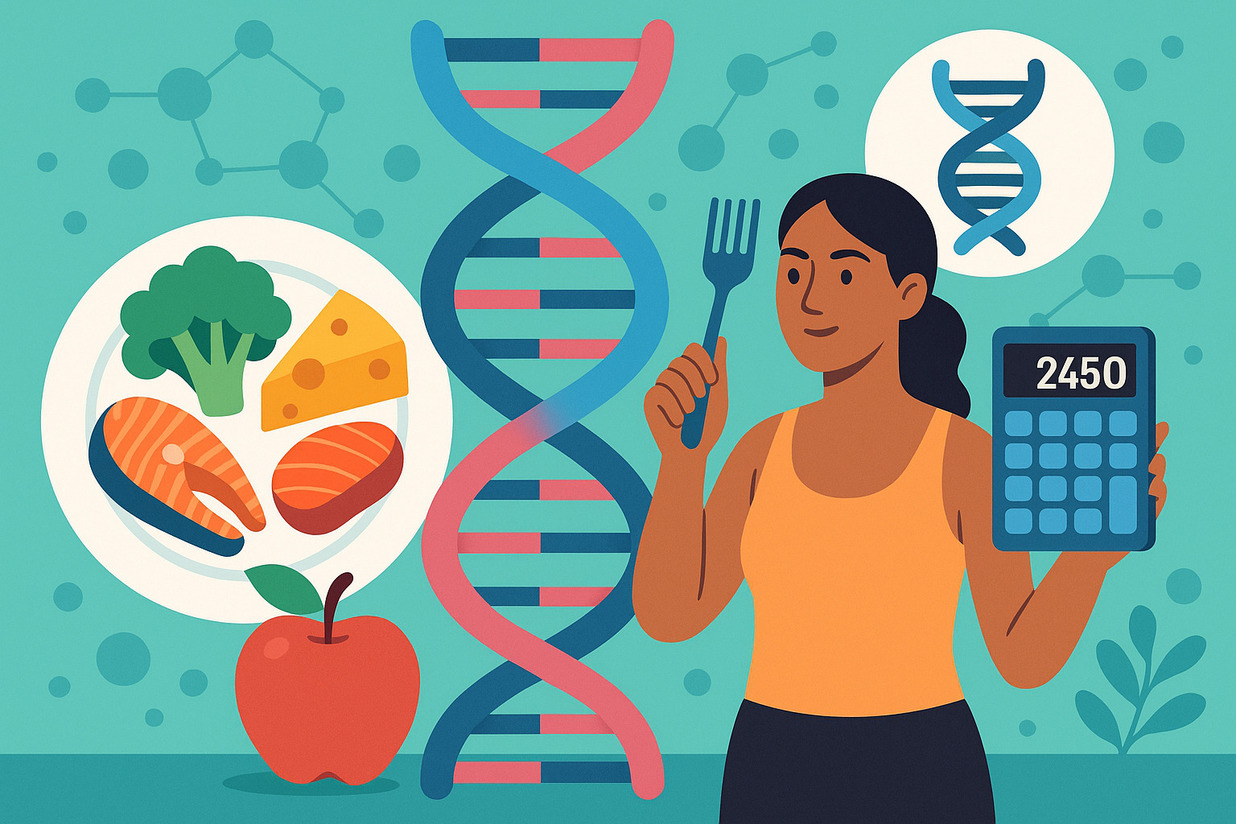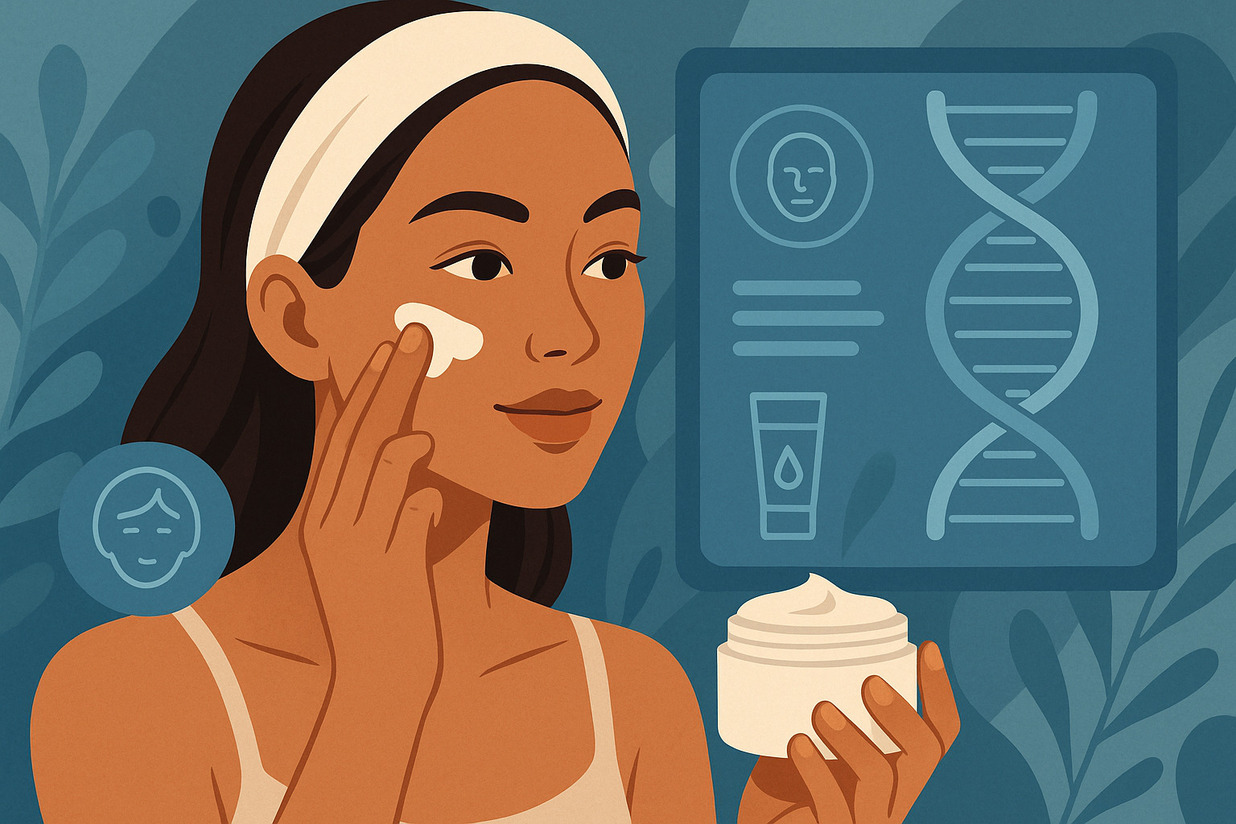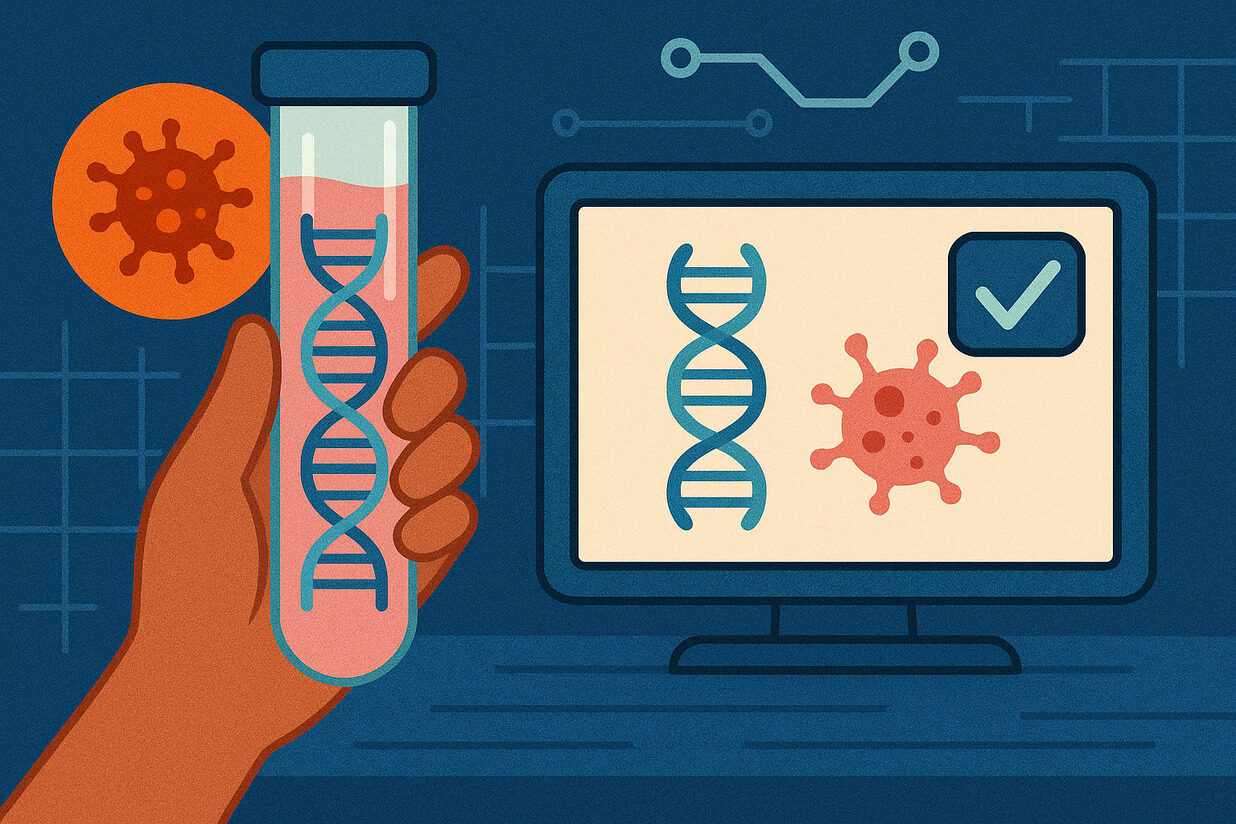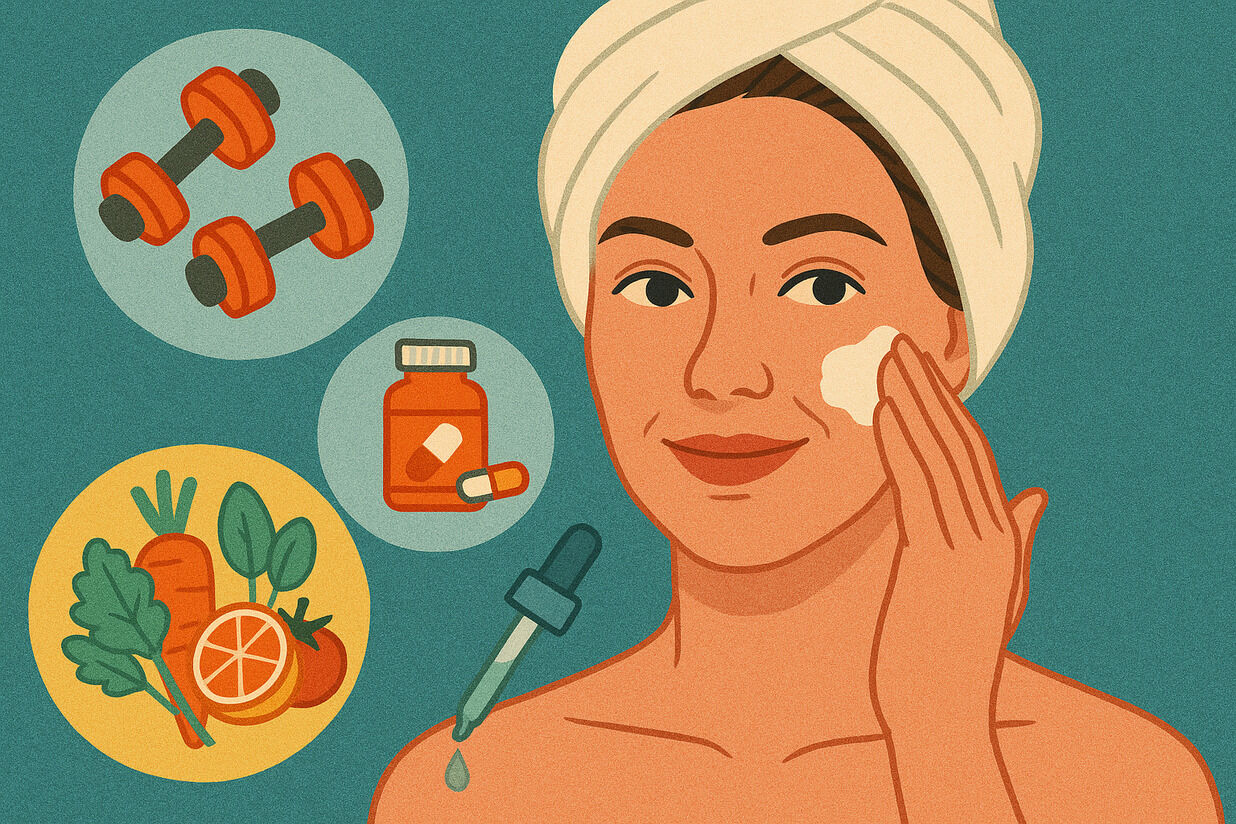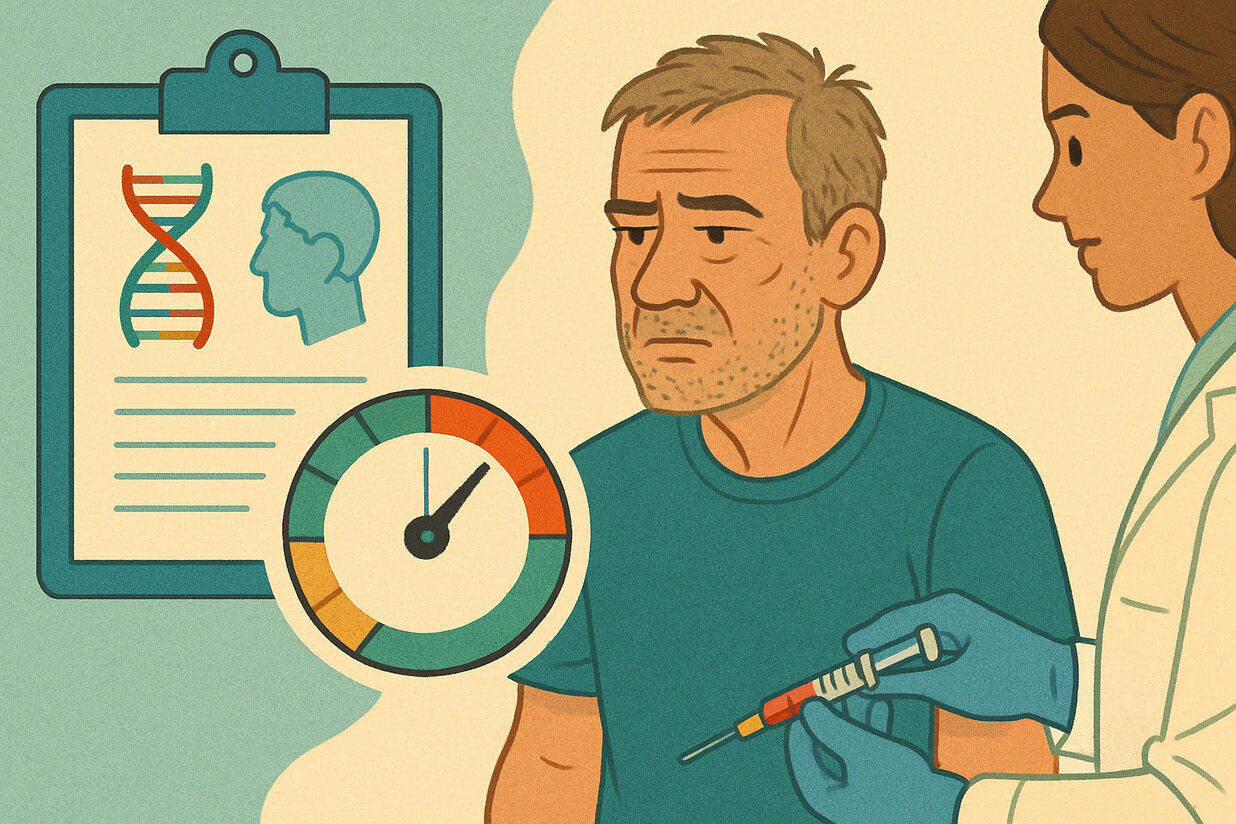Eating right based on genes, not just hunger
Many people try different diets but rarely see long-term results. Some count calories daily, test out new meal plans every week, or follow trending weight-loss challenges. But why do results vary so much? The answer may lie within the body itself—in our DNA.
For anyone trying to lose weight, gain it, or maintain their current weight, calorie needs are deeply influenced by genetics. While a calorie calculator based on height, weight, and age offers a starting point, it often falls short. Genes play a deeper role in metabolism speed, hunger, energy output, and how food is processed by the body.
With the emergence of DNA-based nutrition, we now have a new way not just to lose weight but to live more in sync with our unique bodies. It’s not magic—it’s science made personal.
How DNA Affects Metabolism
Metabolism is the complex process of converting food into energy. Its speed varies from person to person. Some people burn calories quickly without much movement. Others easily store fat even when eating small portions. Behind this are genetic variations in the genes that control metabolic rate.
Some are genetically predisposed to slow metabolism, meaning they need fewer calories to maintain their weight. Others naturally require more calories due to highly active energy-burning genes.
When someone knows where they fall, they no longer get lost choosing a meal plan. Eating becomes more precise in quantity, and there’s no need to starve just to follow standard diets that don’t match their genetic makeup.
DNA’s Role in Fat Storage and Muscle Building
Beyond metabolism, DNA also affects how the body stores fat and builds muscle. Some people easily store fat in the stomach, hips, or thighs. Others lose muscle quickly with only a slight calorie deficit. These are influenced by lipoprotein genes, insulin response genes, and hormone regulators.
Through DNA testing, you can learn whether you’re prone to visceral fat or need higher protein intake to maintain lean mass. For athletes or body-conscious individuals, this is highly useful for planning meals that support not only performance but long-term body composition.
Results become more effective when training routines align with nutrition tailored to how your body works on a cellular level.
Genetics and Sugar Response
Not everyone reacts to sugar the same way. Some experience insulin spikes with just a little sugar. Others can control blood sugar even after eating sweets. These differences stem from genetic makeup involving glucose transport, insulin sensitivity, and carb metabolism.
When a person knows their sugar response based on DNA, they make better food choices. For instance, if insulin sensitivity is low, they might focus on complex carbs instead of simple sugars. If carb tolerance is high, dietary flexibility increases.
You don’t have to deprive yourself of your favorite food—just find the right balance anchored in how your body responds to each bite.
Understanding Hunger and Cravings Through Genes
Hunger is driven not only by hormones but also by genes. Some genetic variants lead to frequent hunger or quick satiety. The FTO gene, for example, is linked to higher fat and sugar intake. Others may have a genetic tendency to crave salty snacks or high-carb meals.
Understanding the root of cravings makes them easier to manage. If you’re predisposed to emotional eating, planning meals during typical craving hours helps. If hunger hormone activity is high, adding more fiber and protein can increase fullness.
The goal isn’t to suppress yourself but to shift the approach—from standard diets to a lifestyle that meets real needs.
Calories and Exercise: Finding the Right Fit
Many nutrition plans claim that losing weight just means maintaining a calorie deficit. But how big should that deficit be? And what kind of exercise aligns with your genes? DNA testing helps determine how effective different physical activities are for your body.
Some genes respond better to cardio exercises like running or walking. Others burn fat more efficiently with strength training. If a person has a gene variant that slows recovery, they also need to limit intense workouts.
Combining genetic insights with calorie data makes the fitness journey more holistic. It’s not just the body that responds—knowing the “why” behind each movement brings peace of mind.
Why Calorie Counting Alone Isn’t Enough
Calorie counting has long been used for weight management, but it’s often insufficient. Some follow the recommended intake yet see no change. This is where genetics comes in—the hidden details that don’t show up in calorie tables.
For example, if your digestion is genetically slow, food might be processed more slowly even with the same calorie count. If your body tends to store energy as fat, even low-calorie meals may cause weight gain if mismatched to your genes.
In such cases, the problem isn’t calories—it’s the body’s unique response. DNA-based calorie planning is a smarter step for those who truly want to understand their progress.
Right Timing Based on Biological Rhythm
DNA also influences a person’s circadian rhythm—the natural schedule for hunger, sleep, and wakefulness. Some are genetically inclined to be night eaters, while others get energy from morning meals.
Genetic testing can reveal when metabolism is most active. If it peaks in the morning, a heavy breakfast is better than a late dinner. If you’re a night owl, adjusting meal timing can help avoid unnecessary weight gain.
A simple change in meal timing can greatly impact weight management, especially when paired with exercise and good sleep.
Adapting Nutrition to Gender-Based Genetic Traits
Calorie needs aren’t just based on body size—they’re also shaped by gender-specific genes. Some genetic markers are more active in men or women, affecting fat distribution, hormone response, and muscle retention.
For women, certain genes increase fat storage during hormonal imbalance like menstruation or menopause. For men, genes linked to muscle mass are more active, but they’re also more prone to visceral fat with high calorie intake.
Gender-specific calorie planning based on DNA allows for more personalized meal strategies. It’s not generic—it’s built on a person’s biological and hormonal profile.
DNA as a Guide to Lifetime Nutrition Strategy
The benefit of DNA-based calorie planning isn’t limited to one diet phase. It can be used throughout life—from youth, through active years, into old age.
As we age, our calorie needs shift, but our genetic foundation stays the same. With DNA results, each diet adjustment becomes more appropriate—not just for looks but for the health of the heart, kidneys, and entire body.
This information can even be passed down, becoming part of a family’s health literacy. Eating isn’t just about feeling full—it’s about living better and with direction.
Right Food, Right Knowledge
Self-knowledge is one of the best investments in health. Through DNA, the path becomes clearer—what to eat, what to avoid, and how much is enough. It’s no longer about counting every bite, but about a deeper connection to the body.
At a time when many want to change their lifestyle, starting from within is wiser. Genes are not restrictions—they are reminders that each body has its own rhythm, needs, and way of functioning. With DNA-based nutrition, health becomes more personal, more genuine, and more effective.
